Project Sponsor
This capstone project was a sponsored project by The Battelle Memorial Institute. The semester was spent working along side a team at Battelle. Battelle prompted us to find a use case for implantable drug delivery systems.
Year: 2024
Classes:
Advanced Industrial Design &
Design Research III
Abstract
While prediabetes and type 2 diabetes are becoming increasingly prevalent issues within the world, I have found there is a lack of education and motivation among patients for preventative treatments. The Buzz CGM System works to help prediabetics understand their condition, learn how to manage it, as well as be a motivational tool to promote management. The Buzz CGM System has both physical and digital components that work hand in hand. The applicator was designed with sustainability in mind, creating much less waste than current products. The transmitter worn by the patient is equipped with an e-ink display which can be controlled from the Buzz app. The app allows the user to do things like view live glucose levels, set goals and earn rewards, customize their own bee, create and explore designs to customize the e-ink display, and interact with friends and other members of the community.
Research
Starting off research I began looking into many different areas including science & tech, business, arts, as well as more into the area of diabetes. Click here to visit a newspaper page of my background research.

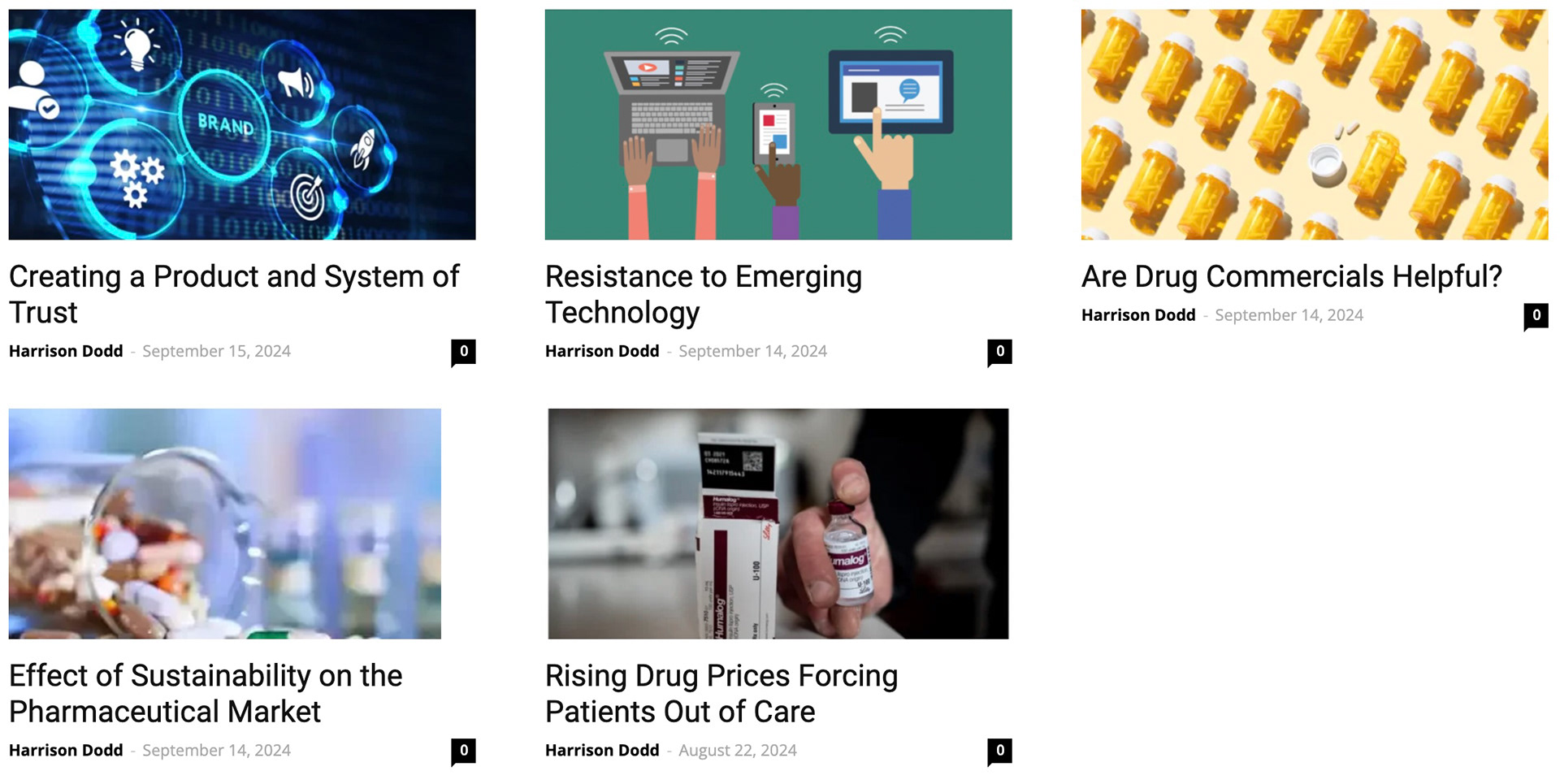
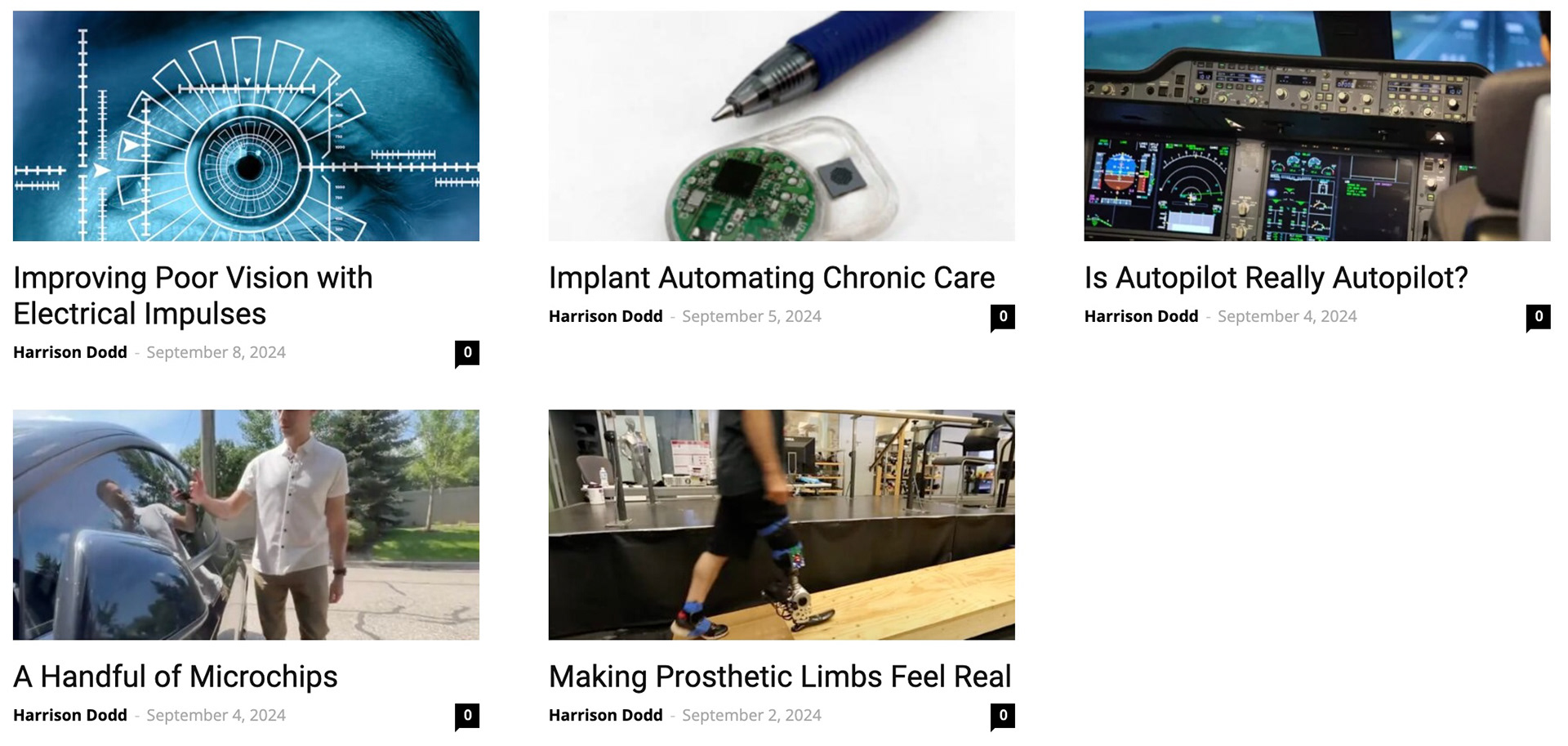

After completing lots of background research, I created design conjectures. These are quick designs meant to explore ideas and get feedback on what users may potentially want or not want in similar types of products
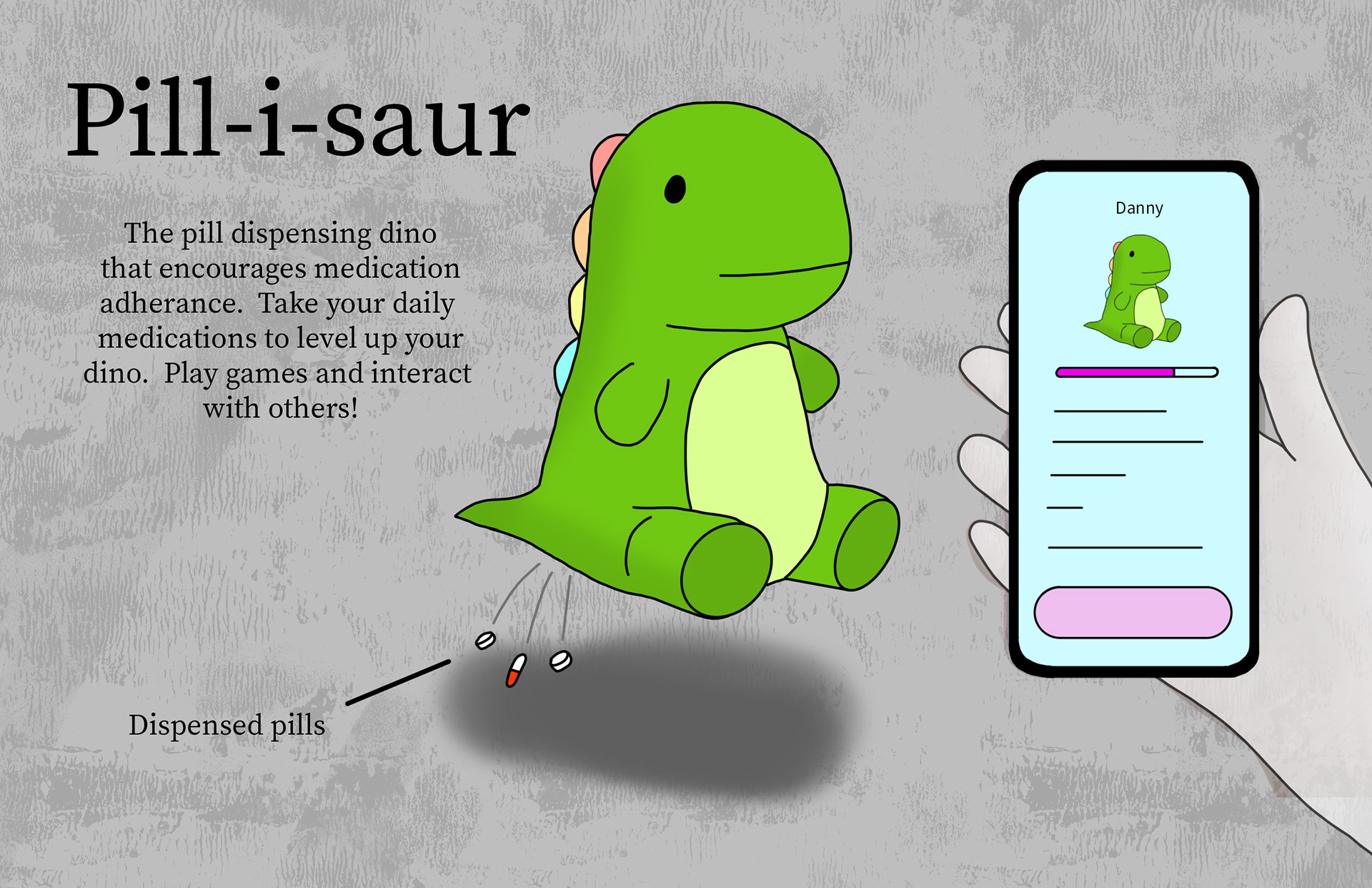

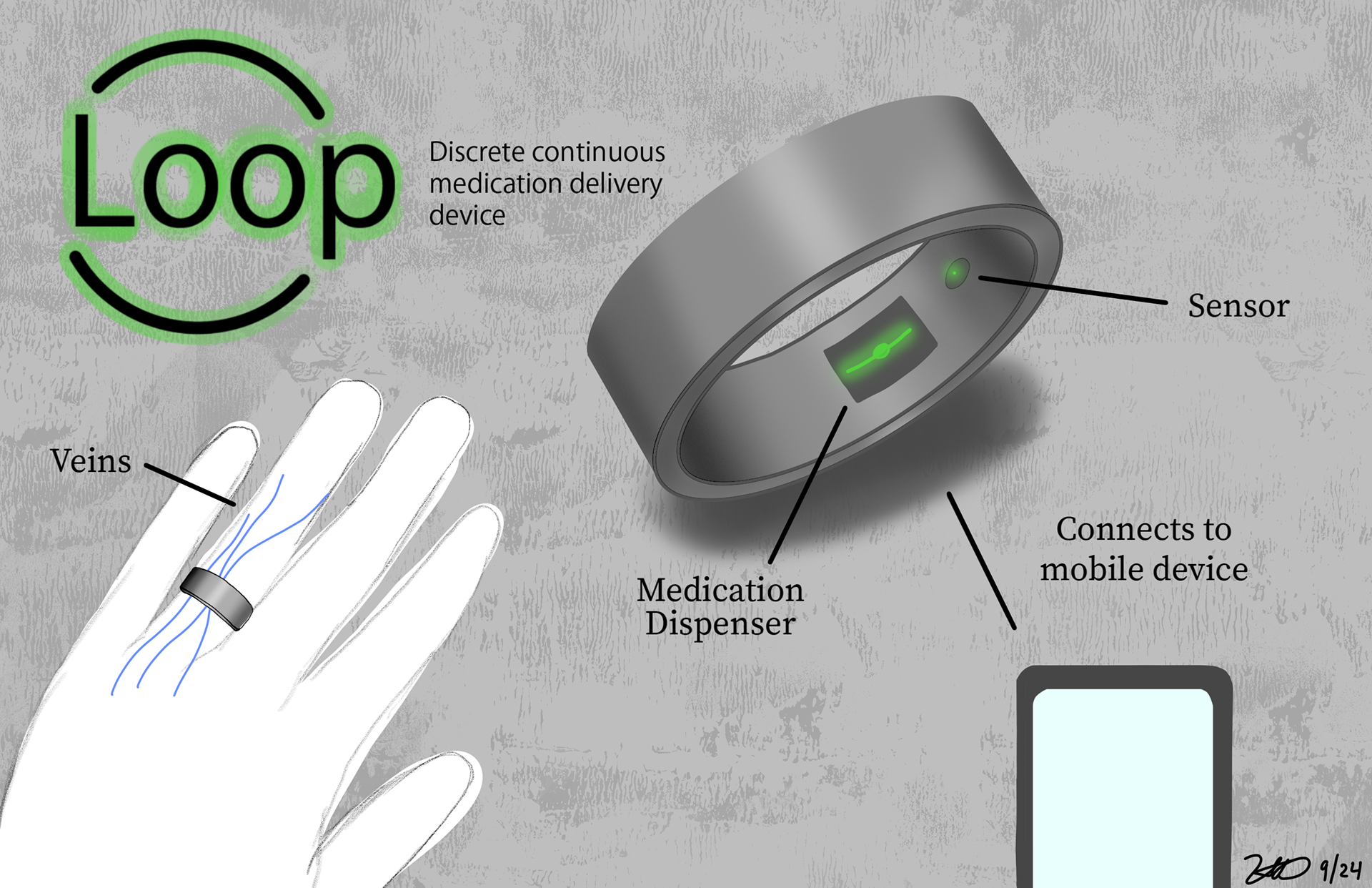

Surveys
After gaining a good understanding of diabetes and surrounding issues, I moved into creating and sending out a survey. This survey targeted type 2 and prediabetics to understand their experiences with treatment before type 2 onset or before insulin therapy.
Interviews
After completing surveys, I completed multiple interviews. I held interviews with people from both the patient and the healthcare side and learned lots of interesting things from everyone. The two I will display here are from my conversations with a Therapist as well as with a CGM user. Their identities have been hidden for privacy purposes.
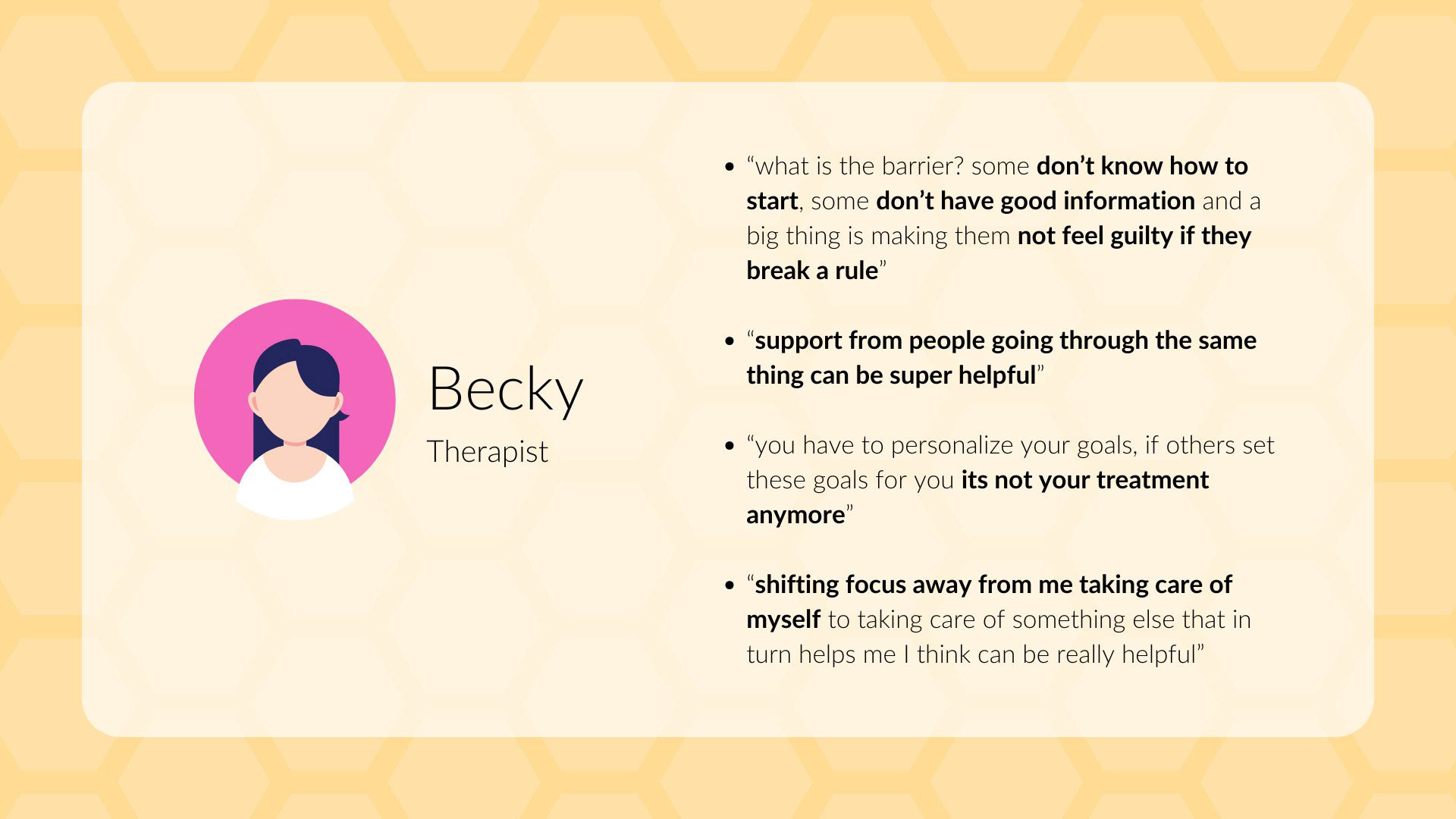
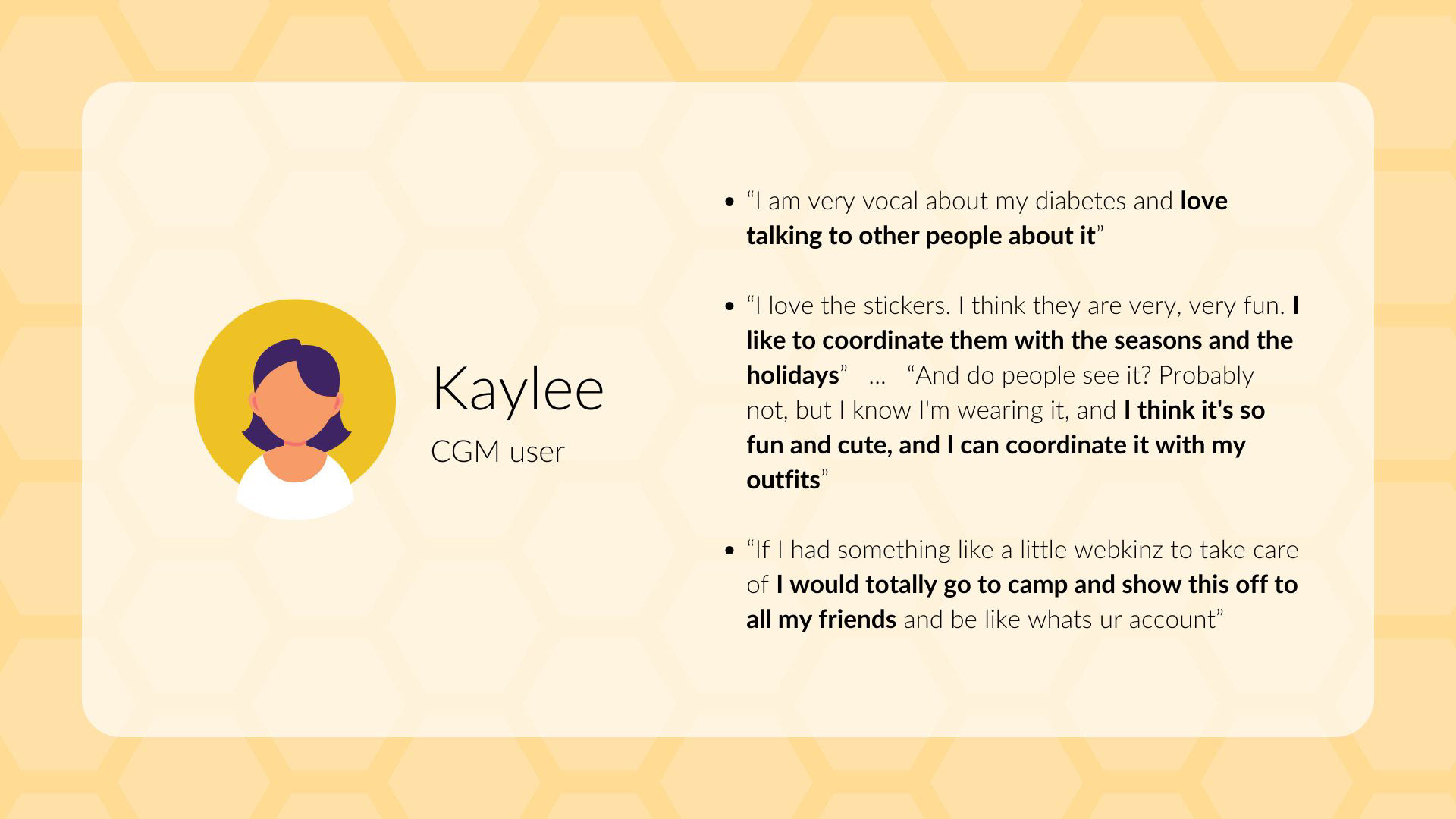
Formative Assessments
I completed multiple formative assessments testing different ideas. The first assessment I split people into groups A and B. Group A I allowed them to customize a shape and wear it all day, while group be could only wear a small white shape all day. The second assessment, for the first part, I had a small group complete a small list of tasks and come back to me when done. For the second step, I gave them all a choice of a little buddy to which they would get rewards for after completing a new set of tasks.
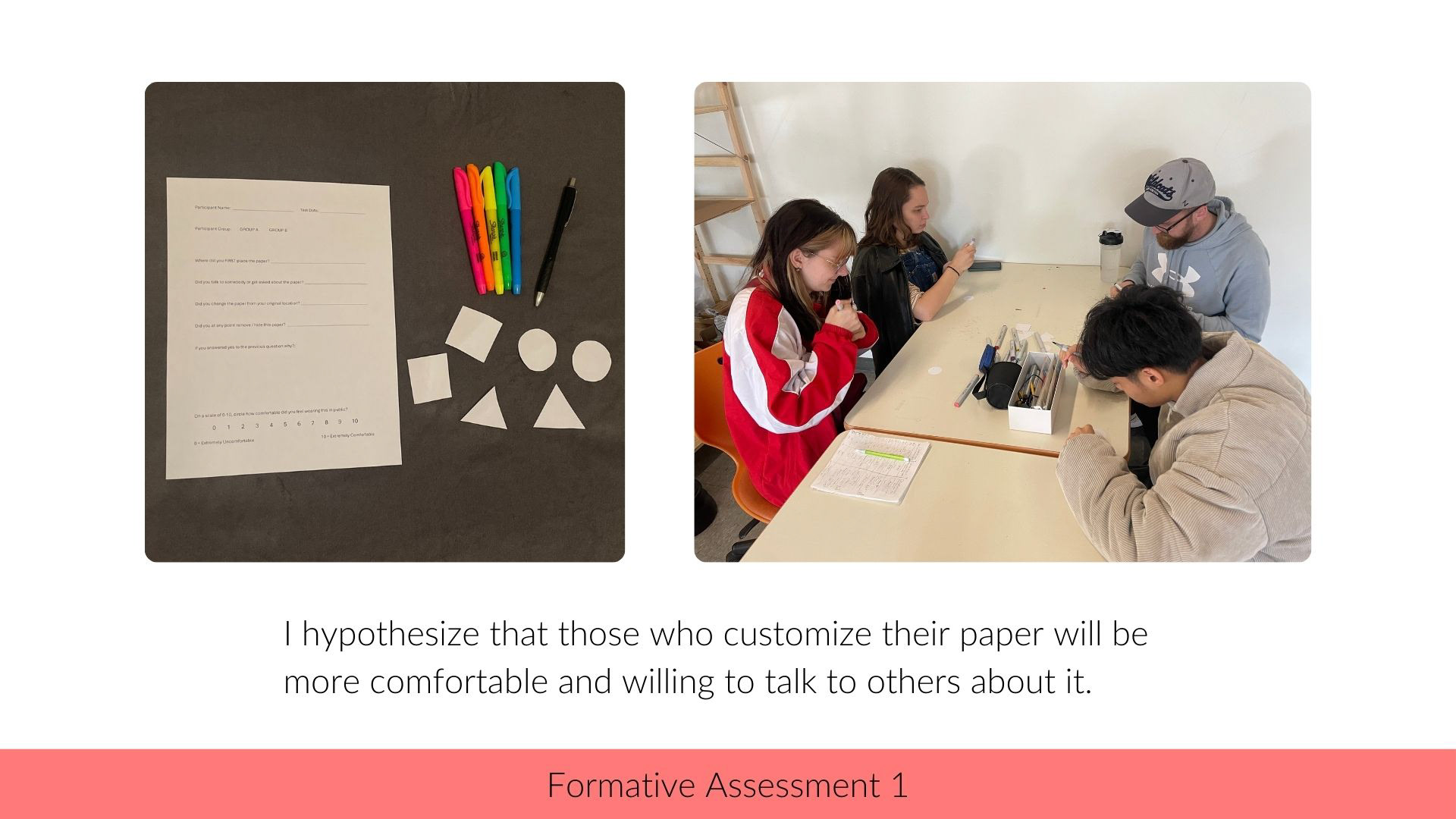
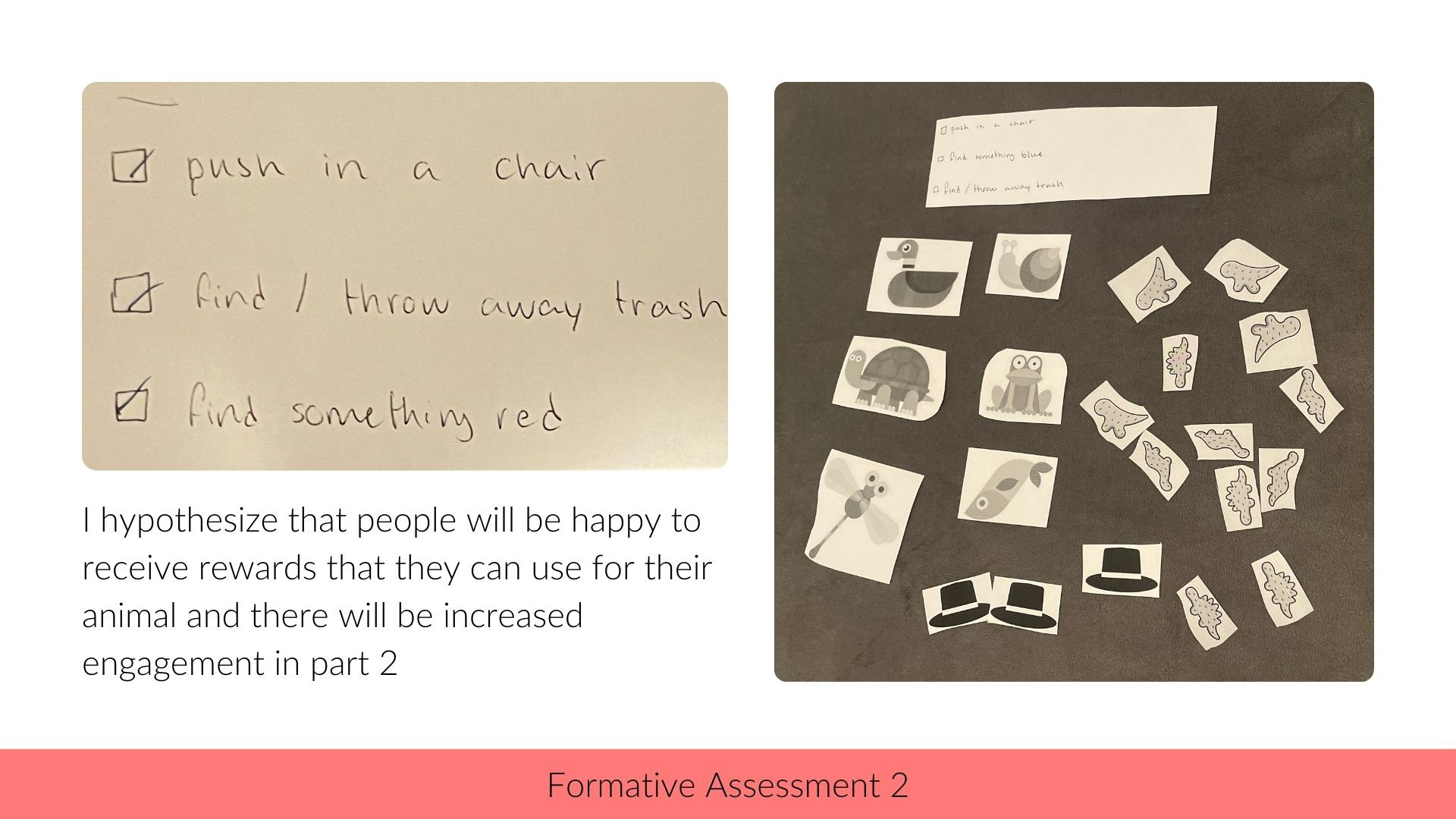

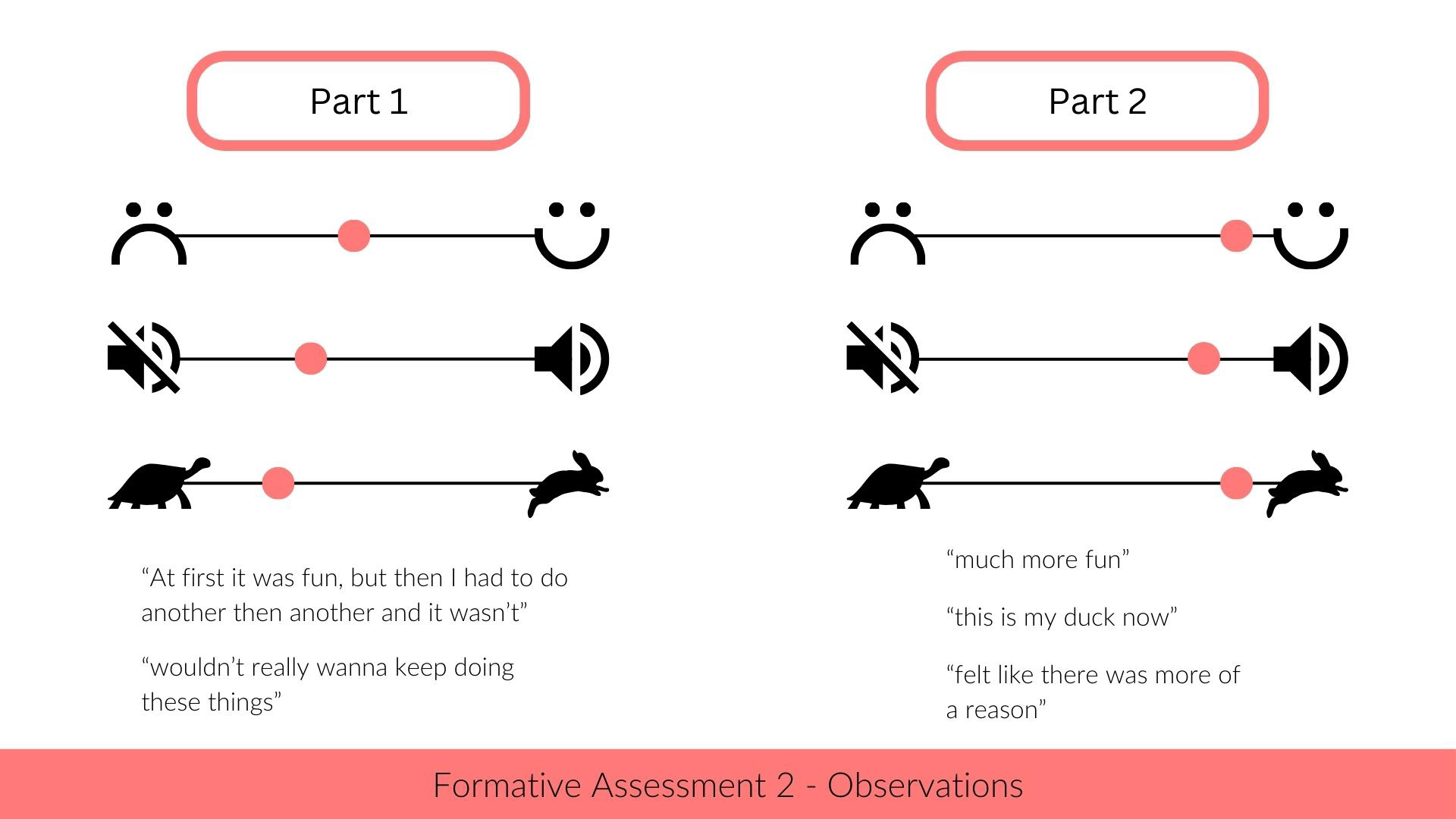


Ideation
I did lots of different sketching and prototyping throughout the whole process, talking with classmates and others about my ideas.






Making Prototypes
For the making of some of my final prototypes to show off at our sponsors, I did lots of hand making, 3d modeling, 3d printing, as well as digital app creation. Along the way I did run into a couple big hiccups and ended up changing my making process a few times.
Buzz CGM System